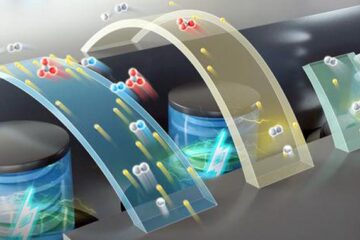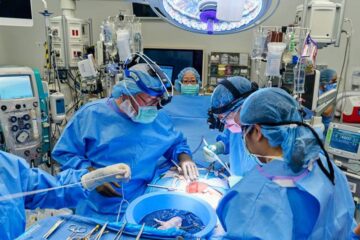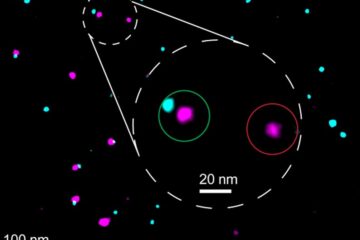UM researchers develop model for locating and forecasting sunken oil following spills

“Sunken oil is difficult to 'see' because sensing techniques show only a small space at a point in time. Moreover, the oil may re-suspend and sink, with changes in salinity, sediment load, and temperature, making fate and transport models difficult to deploy and adjust,” says James Englehardt, UM professor of environmental engineering in the College of Engineering and team leader for the project.
“For these reasons, we have developed a unique approach to the problem, bridging sampling plan techniques with pollutant transport modeling, to create models of sunken oil.”
The model was developed for the Emergency Response Division of NOAA/NOS/OR&R (NOAA's Ocean Service Office of Response and Restoration), in Seattle, and the project was funded by the Coastal Response Research Center, University of New Hampshire.
The two-year project had three main objectives:
1. compile and summarize data on the occurrence of sunken oil, directed by the project team including end users and NOAA liaison;
2. develop a 2-D multimodal predictive Bayesian Gaussian model of sunken oil locations across a bay to accept spatial field data and hydrodynamic information and forecast sunken oil locations in time; and
3. verify the model versus sunken oil data, as possible, and simulated datasets.
The University of Miami's mission is to educate and nurture students, to create knowledge, and to provide service to our community and beyond. Committed to excellence and proud of the diversity of our University family, we strive to develop future leaders of our nation and the world. www.miami.edu
Media Contact
More Information:
http://www.miami.eduAll latest news from the category: Ecology, The Environment and Conservation
This complex theme deals primarily with interactions between organisms and the environmental factors that impact them, but to a greater extent between individual inanimate environmental factors.
innovations-report offers informative reports and articles on topics such as climate protection, landscape conservation, ecological systems, wildlife and nature parks and ecosystem efficiency and balance.
Newest articles

High-energy-density aqueous battery based on halogen multi-electron transfer
Traditional non-aqueous lithium-ion batteries have a high energy density, but their safety is compromised due to the flammable organic electrolytes they utilize. Aqueous batteries use water as the solvent for…

First-ever combined heart pump and pig kidney transplant
…gives new hope to patient with terminal illness. Surgeons at NYU Langone Health performed the first-ever combined mechanical heart pump and gene-edited pig kidney transplant surgery in a 54-year-old woman…

Biophysics: Testing how well biomarkers work
LMU researchers have developed a method to determine how reliably target proteins can be labeled using super-resolution fluorescence microscopy. Modern microscopy techniques make it possible to examine the inner workings…





















